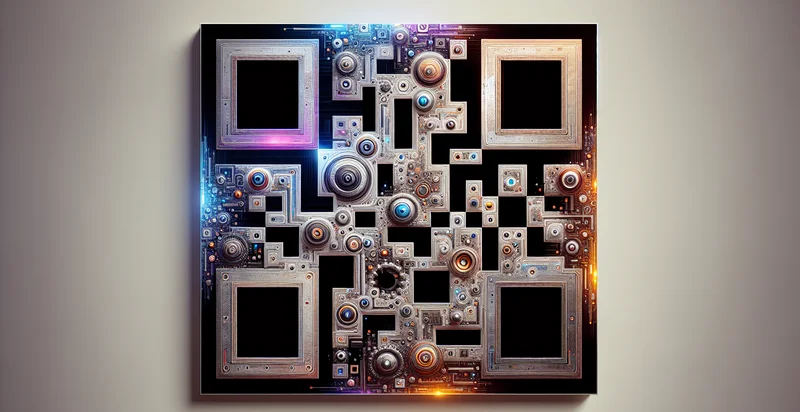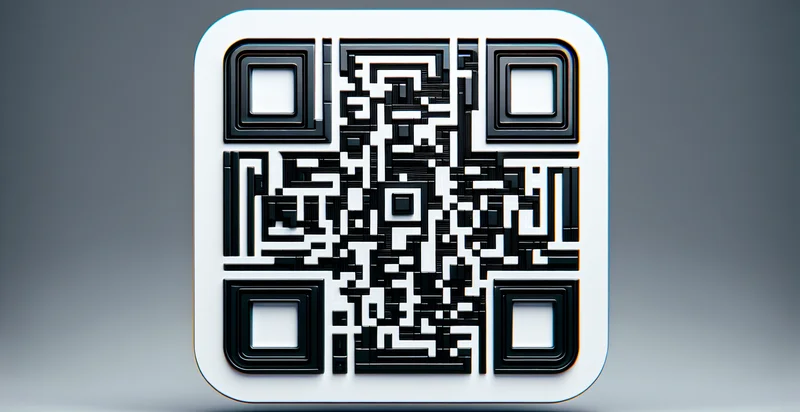Identify qr code surface quality
using AI
Below is a free classifier to identify qr code surface quality. Just upload your image, and our AI will predict the surface quality of the QR code - in just seconds.


Contact us for API access
Or, use Nyckel to build highly-accurate custom classifiers in just minutes. No PhD required.
Get started
import nyckel
credentials = nyckel.Credentials("YOUR_CLIENT_ID", "YOUR_CLIENT_SECRET")
nyckel.invoke("qr-code-surface-quality", "your_image_url", credentials)
fetch('https://www.nyckel.com/v1/functions/qr-code-surface-quality/invoke', {
method: 'POST',
headers: {
'Authorization': 'Bearer ' + 'YOUR_BEARER_TOKEN',
'Content-Type': 'application/json',
},
body: JSON.stringify(
{"data": "your_image_url"}
)
})
.then(response => response.json())
.then(data => console.log(data));
curl -X POST \
-H "Content-Type: application/json" \
-H "Authorization: Bearer YOUR_BEARER_TOKEN" \
-d '{"data": "your_image_url"}' \
https://www.nyckel.com/v1/functions/qr-code-surface-quality/invoke
How this classifier works
To start, upload your image. Our AI tool will then predict the surface quality of the QR code.
This pretrained image model uses a Nyckel-created dataset and has 20 labels, including Bubbled, Clean, Cracked, Damaged, Dirty, Discolored, Faded, Glossy, Matte and Peeling.
We'll also show a confidence score (the higher the number, the more confident the AI model is around the surface quality of the QR code).
Whether you're just curious or building qr code surface quality detection into your application, we hope our classifier proves helpful.
Related Classifiers
Need to identify qr code surface quality at scale?
Get API or Zapier access to this classifier for free. It's perfect for:
- Quality Assurance in Manufacturing: This use case involves implementing the false image classification function in the manufacturing process of QR codes. By automatically identifying defects, such as smudges or distortions, manufacturers can ensure only high-quality QR codes are produced, thereby reducing errors in scanning and improving customer satisfaction.
- Automated Package Inspection: Logistics companies can utilize the QR code surface quality identifier to inspect packages before shipping. By ensuring the QR codes on shipping labels are clear and intact, businesses can minimize delivery delays caused by unreadable codes, leading to enhanced operational efficiency.
- Retail Inventory Management: In retail environments, this classification function can be integrated into inventory management systems to assess the condition of QR codes on products. By regularly scanning products for surface quality, retailers can prevent inventory mismanagement caused by inaccessible product information.
- Mobile Payment Solutions: Payment service providers can incorporate this function into mobile payment systems to verify the quality of QR codes used for transactions. Ensuring that QR codes on payment terminals are clear can significantly reduce transaction failures, creating a smoother customer experience.
- Event Ticketing Systems: Event organizers can implement this technology to check the surface quality of QR codes on tickets before entry. By identifying problematic codes in advance, they can reduce entry delays and enhance the overall event experience for attendees.
- Marketing Campaign Effectiveness: Marketers can leverage the false image classification function to evaluate the quality of QR codes in promotional materials, such as flyers or posters. By ensuring that QR codes are easily scannable, marketers can increase engagement rates and track the effectiveness of their campaigns more accurately.
- Product Authentication: Companies producing high-value or luxury items can use this function to verify the integrity of QR codes designed for product authentication. By ensuring that the QR codes are free of defects, businesses can strengthen consumer trust and combat counterfeiting efforts effectively.


